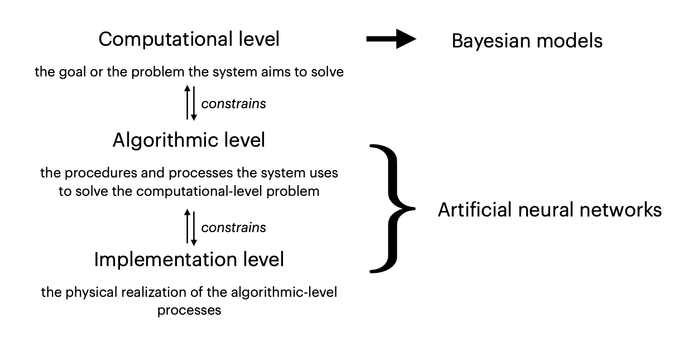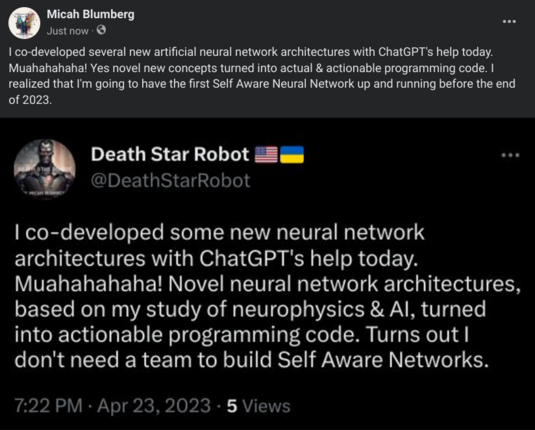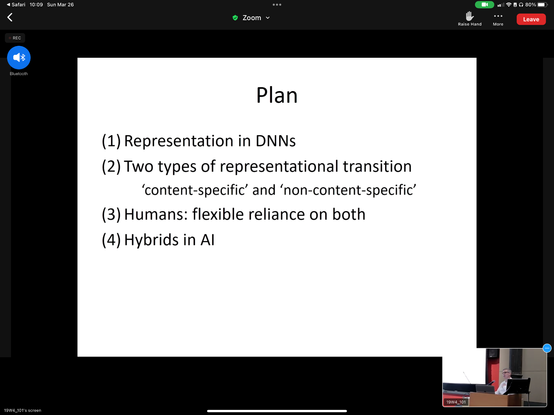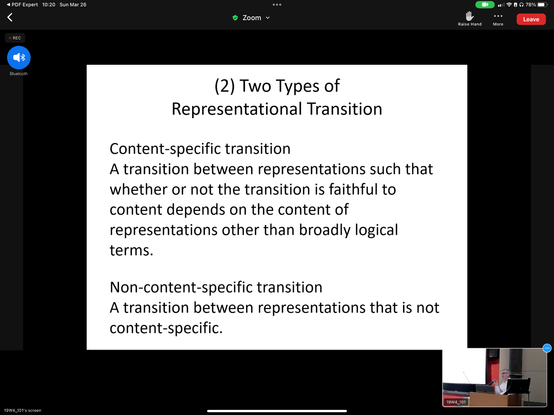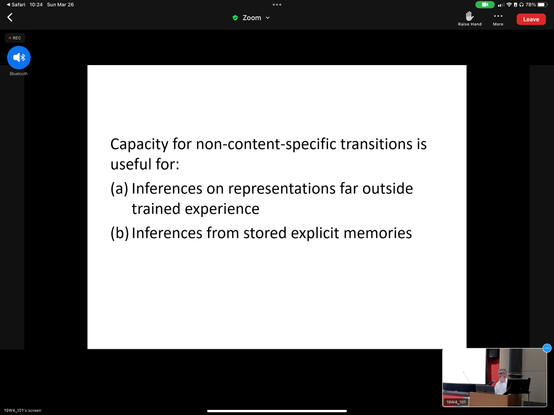Wow. In 24 hours, we have gone from zero to 4.4K followers, that‘s crazy. Thank you for a warm welcome and excellent tips. I gave up on replying to all of you after someone pointed out that I was spamming thousands of people – sorry! Also, please do not read too much into it if we do not respond or take a long time responding, we are a busy bunch and may simply sometimes miss your post or messages. Mastodon allows long posts so I am taking advantage of that, so here are a few things that you may – or may not – want to know.
—Who are we?—
Research in the Icelandic Vision Lab (https://visionlab.is) focuses on all things visual, with a major emphasis on higher-level or “cognitive” aspects of visual perception. It is co-run by five Principal Investigators: Árni Gunnar Ásgeirsson, Sabrina Hansmann-Roth, Árni Kristjánsson, Inga María Ólafsdóttir, and Heida Maria Sigurdardottir. Here on Mastodon, you will most likely be interacting with me – Heida – but other PIs and potentially other lab members (https://visionlab.is/people) may occasionally also post here as this is a joint account. If our posts are stupid and/or annoying, I will however almost surely be responsible!
—What do we do?—
Current and/or past research at IVL has looked at several visual processes, including #VisualAttention , #EyeMovements , #ObjectPerception , #FacePerception , #VisualMemory , #VisualStatistics , and the role of #Experience / #Learning effects in #VisualPerception . Some of our work concerns the basic properties of the workings of the typical adult #VisualSystem . We have also studied the perceptual capabilities of several unique populations, including children, synesthetes, professional athletes, people with anxiety disorders, blind people, and dyslexic readers. We focus on #BehavioralMethods but also make use of other techniques including #Electrophysiology , #EyeTracking , and #DeepNeuralNetworks
—Why are we here?—
We are mostly here to interact with other researchers in our field, including graduate students, postdoctoral researchers, and principal investigators. This means that our activity on Mastodon may sometimes be quite niche. This can include boosting posts from others on research papers, conferences, or work opportunities in specialized fields, partaking in discussions on debates in our field, data analysis, or the scientific review process. Science communication and outreach are hugely important, but this account is not about that as such. So we take no offence if that means that you will unfollow us, that is perfectly alright :)
—But will there still sometimes be stupid memes as promised?—
Yes. They may or may not be funny, but they will be stupid.
#VisionScience #CognitivePsychology #CognitiveScience #CognitiveNeuroscience #StupidMemes
